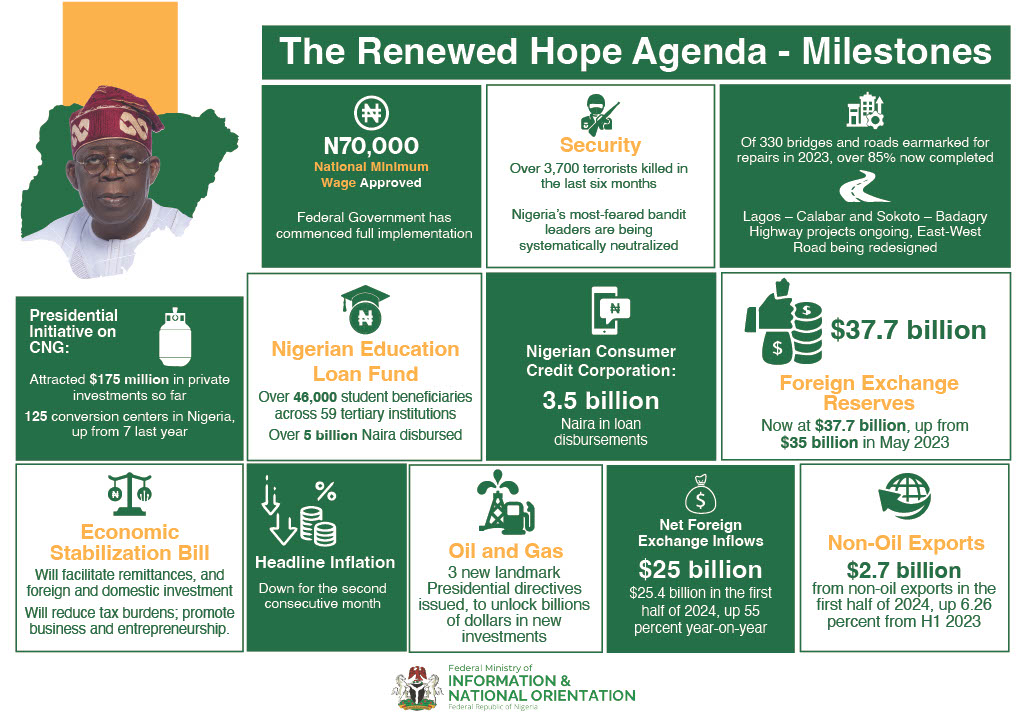Gartner said global smartphone sales will continue to slow and will no longer grow in double digits. Worldwide smartphone sales are expected to grow 7 percent in 2016 to reach 1.5 billion units. This is down from 14.4 percent growth in 2015.
In 2020, smartphone sales are on pace to total 1.9 billion units.
“The smartphone market will no longer grow at the levels it has reached over the last seven years,” said Roberta Cozza, Research Director at Gartner.
“Smartphone sales recorded their highest growth in 2010, reaching 73 percent.”
Slowing Replacement of Phones
Today, the smartphone market has reached 90 percent penetration in the mature markets of North America, Western Europe, Japan and Mature Asia/Pacific, slowing future growth. Furthermore, users in these regions are not replacing or upgrading their smartphone as often as in previous years.
“In the mature markets, premium phone users are extending life cycles to 2.5 years, which is not going to change drastically over the next five years,” said Ms. Cozza.
Communications service providers (CSPs) have moved away from subsidies providing a “free” smartphone every two years, which has led to more varied upgrade cycles. On the other hand, CSPs have introduced financing programs and vendors such as Apple now offer upgrade programs that provides users with new hardware after only 12 months.
“These programs are not for everyone, as most users are happy to hold onto their phone for two years or longer than before. They do so especially as the technology updates have become incremental rather than exponential,” added Ms. Cozza.
In emerging markets, the average lifetime of premium phones is between 2.2 and 2.5 years, while basic phones have an average lifetime of three years and more. “2015 was the year when sales of smartphones overtook those of feature phones for the first time in Sub-Saharan Africa. This region represents an attractive market for vendors that can persuade users to migrate to their first smartphone,” said Ms. Cozza.
India Is the Main Focus for Growth Opportunity
Since mature markets are saturated, the focus for many vendors is on India and China. “India has the highest growth potential,” said Annette Zimmermann, Research Director at Gartner. “Sales of feature phones totaled 167 million units in 2015, 61 percent of total mobile phone sales in India.”
Smartphones are expensive for users in India, but with the average selling prices (ASPs) of low-end models falling, Gartner estimates that 139 million smartphones will be sold in India in 2016, growing 29.5 percent year over year. ASPs of mobile phones in India remain under $70, and smartphones under $120 will continue to contribute around 50 percent of overall smartphone sales in 2016.
After recording growth of 16 percent in 2014, sales of smartphones in China were flat in 2015. “In this saturated yet highly competitive smartphone market, there is little growth expected in China in the next five years,” said Ms. Zimmermann. Sales of smartphones in China represented 95 percent of total mobile phone sales in 2015. Similar to India, falling ASPs for smartphones will make them more affordable for users.”
“The worldwide smartphone market remains complex and competitive for all mobile phone vendors, and we are not expecting the vendor landscape to get smaller,” said Ms. Zimmermann. “In such a fluid vendor landscape, some will exit the market while newcomers, including mobile manufacturers or internet service providers from China and India, could make their debut.”
Gartner forecasts that by 2018, at least one nontraditional phone maker will be among the top five smartphone brands in China.
“Chinese internet companies are increasingly investing in mobile device hardware development, platforms and distribution as they aim to grow their user bases and increase user loyalty and engagement,” concluded Ms. Zimmermann.










